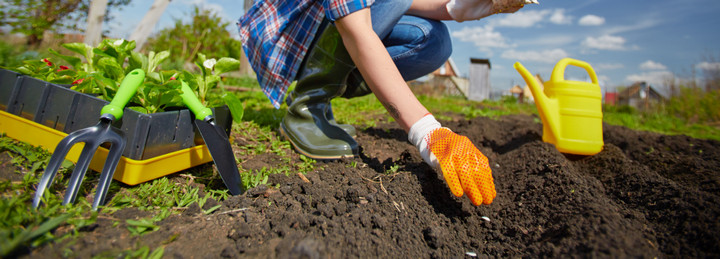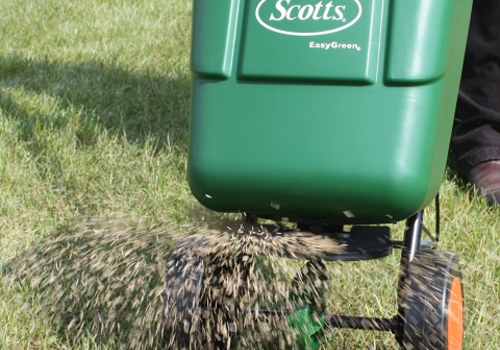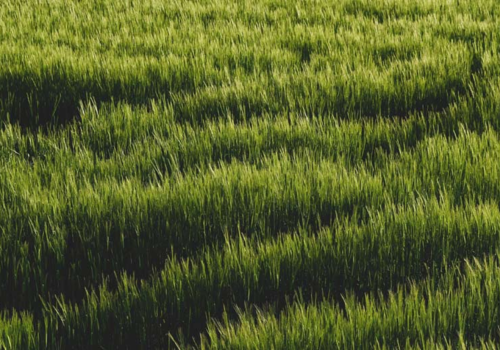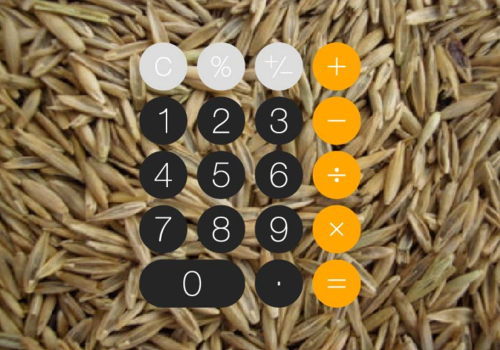
Before going out to purchase lawn seeds, you need to make a measurement of the proposed lawn area. Lawns come in a variety of shapes and sizes, so measuring to the nearest millimetre is not required, with around 10% accuracy being fine for seeding.
Grass seed is generally much cheaper than turf so you can afford to be a little on the generous side when calculating quantities.
10% should be added for mismeasuring, 10% for seeds eaten by the birds and an additional 10% for filling in any thin spots around a month after sowing. This equates to approximately a third more seed than is required for your measured area. Any excess can be used in the future for lawn repairs, so will not be wasted.
Adding a granular lawn fertiliser treatment such as BS Pre-seeding Granular Lawn Fertiliser 6.9.6 will improve the establishment of grass seed. It also encourages root and shoot development to promote quicker grass coverage. Sometimes the seeding rate on the bag is given as a range. For instance, our BS Economy Grass Seed should be sown at a rate of 25-50 grams per sq/m.
Grass seed sowing rates
Here are some examples of when to use higher and lower grass seed sowing rates.
Minor repairs
For small areas requiring a minor repair, most homeowners use too much seed, resulting in dense tufts. In these cases only 25 grams per square metre is all that is needed.
Mowing your lawn
If you wish to keep your lawn as short as is tolerable for the type of grass that you have, then increase the sowing rates by 20-30% above the highest recommended rate.
Clean seed bed
When creating a new lawn, it takes time to create a weed-free soil. However, spending this time does mean that you can use up to 50% less seed, but it will take longer to establish and thicken. If you haven't removed the weeds, and just dug them in, add 20% to the higher seeding rate.
If you are seeding in less than ideal conditions (cold or dry), increase seeding rates by up to 100% to compensate for losses.
However, most seed won't germinate below around 8°C, or if conditions are too dry.
Over-seeding your lawn after scarifying or raking
You should always overseed after scarifying to help the lawn return to a dense turf as quickly as possible. It is also a perfect time to introduce new types of grasses to your lawn.
For more information about overseeding, take a moment to read our Overseeding An Existing Lawn article where you will find some useful tips to help you.


